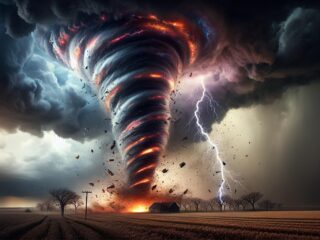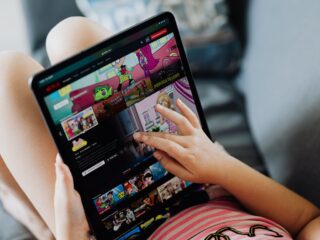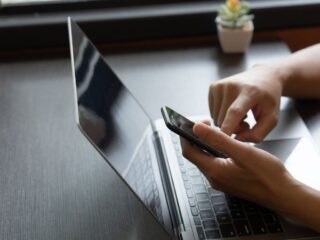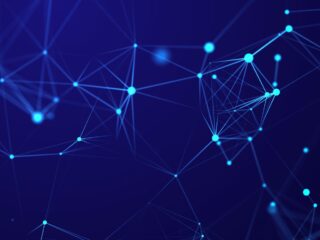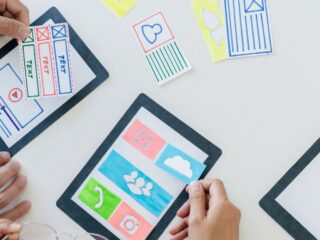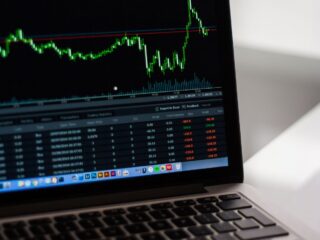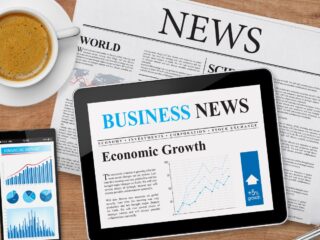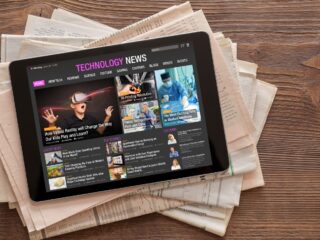Forecasting models are becoming more and more popular in the world of business. They help companies make decisions that will impact their bottom line, but they can also be a major source of confusion for those who don’t know how to use them properly. In this article, we’ll explore some of the most common forecasting models and provide examples of how they’re used in practice.
The six statistical forecasting methods is a list of six different statistical modeling techniques that are used in business.
 Whether your company is brand new or has been in operation for a while, you’ve certainly considered creating a financial projection.
Whether your company is brand new or has been in operation for a while, you’ve certainly considered creating a financial projection.
It will be expected of most lenders and investors to be included in your company plan. Forecasting and comparing actuals to anticipated values should be a continuous element of your business, not something you perform once or twice a year.
However, how can you tell whether your prediction model is accurate?
Table of Contents
ToggleWhat is the definition of forecasting?
Let’s start with a definition of forecasting before discussing how to determine if a forecasting model is trustworthy. Business forecasting is basically guessing (or projecting, or estimating) future figures like as future sales, cost of sales, and operational expenditures, month by month, quarter by quarter, year by year, and so on.
Other business metrics, such as site traffic, conversion rates, and social media interactions, may be predicted or estimated using forecasts. Forecasting is a combination of informed guesswork based on assumptions about drivers and a knowledge of how business statistics interact, such as how sales are related to marketing costs.
What is the difference between predicting and budgeting?
Forecasts and budgets are often interchangeable terms. When it comes to forecasting sales, forecasts are more frequent, whereas budgets are more typical when it comes to projecting expenditure.
Many people think of a budget as a spending plan with built-in constraints, such as a maximum amount a management or business may spend. In such scenario, a budget serves as a management directive rather than just a prediction.
However, when some companies refer to sales budgets, they are referring to the same thing as a sales forecast; similarly, when they refer to a spending forecast, they are referring to the same thing as a spending budget.
How do you tell whether the forecasting model you’re using is trustworthy?
At Stanford, I had the wonderful opportunity to take a graduate course on mathematical modeling of human phenomena given by James G. March.
He proposed three criteria for determining the worth of a forecasting model:
1. Its ability to explain the past.
You do this by testing the model with historical data and determining how well it would have predicted what really occurred.
2. Its ability to forecast the future.
Naturally, we must make predictions about the future, but you may also assess the quality of the inputs and outputs. Are the inputs based on information that you have access to? Are there any assumptions you can make?
For example, in the context of company financial models, I’ve always preferred my own model that uses future collection days and future % of sales on credit as inputs to forecast future amounts in accounts receivable as part of a cash flow model. And predicting the amount of working capital locked up in inventory, which impacts cash flow, required an informed estimate on direct costs, inventory turns, and minimum inventory orders.
3. Attractiveness.
Marsh’s appreciation for the beauty of an exquisite figure while conducting the lesson was one of my favorites. I believe that those of us who like modeling, as well as those who develop and deal with mathematical models, can appreciate the elegance with which a model is created and implemented. There is beauty in code, just as there is elegance in arithmetic.
And, since we’re on the topic, Marsh referred to points one and two above as “truth.” Then he’d add something about financial modeling being about “truth and beauty.” That idea still appeals to me, despite the fact that the class I’m referring to was decades ago.

From LivePlan, a snapshot of forecasting.
Why do some entrepreneurs, particularly when pitching to investors, use the “hockey stick forecast”?
I first heard the phrase at a lunch with a venture investor acquaintance in the 1980s, when he remarked he was “weary of all those hockey stick predictions” from startups.
He was referring to a prediction that projected gradual or steady growth before abruptly swinging upward at an inflection point and exploding into spectacular growth. The upward turn is similar to the bend of a hockey stick. Angel investors and venture capitalists are on the lookout for businesses with the potential to grow rapidly in the future, much like the hockey stick.
However, predictions based on hockey sticks are always questionable. They provoke cynicism and the need to explain them with real-world occurrences in the drivers, such as site traffic, conversions, and subscriptions. They don’t like it when growth comes out of nowhere, as if from above, with no rhyme or reason.
How can you tell whether a model prediction is accurate or not? Are there any forecasting model standards? first published on Quora, a knowledge-sharing platform that allows people to learn from one another and develop a better understanding of the world.
Tim Berry, the creator of Palo Alto Software and Bplans, has a version of this answer on Quora.
Business forecasting models are used to predict how a company’s business will perform in the future. It is important for businesses to understand what they need to do in order to forecast their business so that they can make the best decisions possible. Reference: business forecasting examples.
Frequently Asked Questions
How do you know which forecasting model to use?
There are many forecasting models and you can choose one that best suits your needs.
What information is required for forecasting?
Forecasting is the process of predicting future trends and events. It can be done through various methods, including but not limited to surveys, statistics, market research, and opinion polls.
What skills are required for forecasting?
Forecasting is a process of predicting future outcomes. It requires a high level of analytical skills and knowledge in the field you are forecasting.
Related Tags
- 4 basic types of forecasting
- types of forecasting pdf
- time series forecasting methods
- demand forecasting methods
- quantitative forecasting methods




